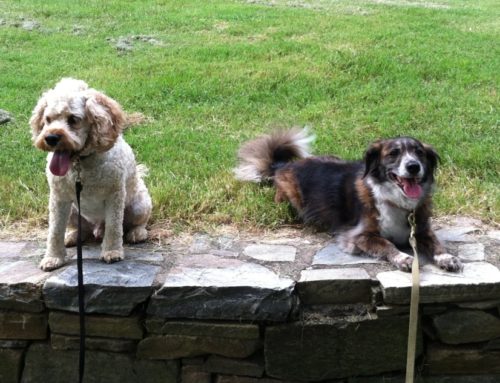In honor of National Dog Bite Prevention Week 2014, I thought I would write about the word I hear the most when a client first calls me about an issue: “My dog is fine when ___(insert situation here)_____.”
I don’t blame the person for saying it, but it is an incomplete observation and interpretation of a dog’s physical or mental state in a particular situation.
Using the word fine is drawing a conclusion. The challenge with drawing the conclusion too soon or too quickly, you are potentially missing an opportunity to improve your dog’s behavior or adjust the environment.
I was once hired to work on a dog that was aggressive to other dogs on leash but the dog went to the dog park and daycare and was fine.
After more discussion with the owner, it was clear to me that the dog was barely in a state of tolerance at the park, he did not engage in social play behavior, but went out of his way to avoid other dogs. If another dog insisted on interacting, there was a growl or a snark.
So this dog wasn’t fine at the dog park. The dog didn’t attack or draw blood on other dogs which for some reason was a measure for this owner (and others) to determine when this dog was not fine. Which, frankly, is just too late for prevention (or behavior modification).
Bringing this all back to National Bite Prevention Week, if we as owners can drop the training ‘f’ word and actually describe the actions of our dog, that in itself is a huge step towards bite prevention!
” My dog goes to the dog park and sniffs the trees, fetches and sniffs other dogs but doesn’t interact with them more than that.”
Now that’s a more useful bit of information!



Leave A Comment